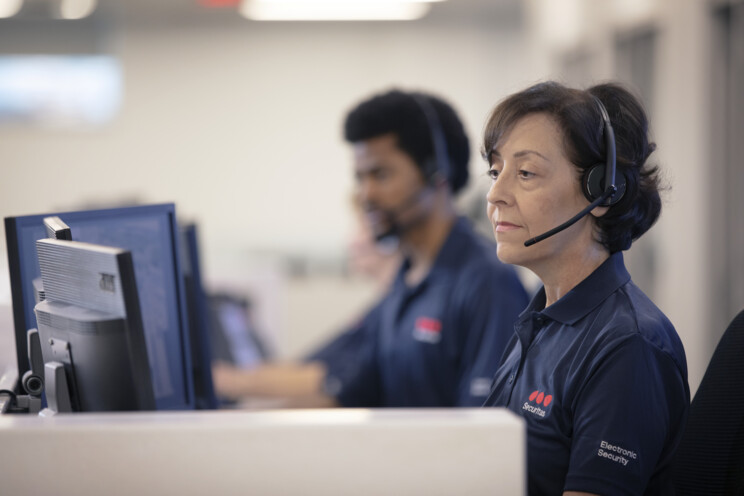A shutdown, also sometimes referred to as a 'turnaround' or 'downtime', is the term used when a company shuts down its production process to carry out necessary maintenance or other work. Just think of a petrochemical site where all machines and buildings require annual inspection and maintenance. Or a biscuit factory that is completely shut down to carry out repairs to the production machines. Filip Mangelschots, Safety expert at Protectas, gives 5 tips for an efficient and safe shutdown.
Without a doubt, the most precious element of a shutdown is… time. A maximum number of works must be carried out in a minimum period of time. “I sometimes compare it to a festival,” says Filip Mangelschots, Safety Expert at Protectas, “during a shutdown, hundreds of people from different contractors can be working on the same site. It is therefore extremely important that such an undertaking runs safely and smoothly.”
1. Start your planning on time
Despite the fact that a shutdown should be completed as quickly as possible, it does require a long preparation. With clear planning, there is the greatest chance that everything will run smoothly.
Filip: “List all internal and external stakeholders and involve them from the start of your preparation process. Define their roles and responsibilities. Don't wait too long to request quotes and order materials. The more detailed the quote request, the more time you save. Make sure all tools, parts, materials and people arrive on time and are scheduled.”
2. Expect the unexpected
Even with the best planning, unexpected things can happen.
Filip: “Keep in mind that you will have to adjust your plans and priorities. Flexibility is extremely important, select your team and partners based on this criterion.”
3. Register and evaluate
The entire production process has come to a standstill, so this is an ideal time to make a thorough analysis. Already thinking about your next shutdown. The days and weeks before and during the shutdown can be hectic. That is why people sometimes forget to register and write down everything properly.
Filip: “Put the preparatory meetings and agreements made on paper. During the shutdown, take the opportunity to check out what's going on on the site. Take the time to go on an 'inspection': schedule future repairs. Record the various repairs that have been carried out, but also any incidents or unexpected situations that occur. These notes will only come in handy when preparing for the next shutdown.”
4. Consider material management
A lot of material is used and consumed during a shutdown. It is wise to organize this well to avoid unnecessary costs.
Filip: “For example, you can centralize the material in one room on the site. Be sure to also provide the necessary people and processes to manage this material. And also think of the environment!”
5. Put safety first
Consider the safety of all employees an absolute priority.
Filip: “Involve your Safety partner from the start of the preparations. Safety should be considered a priority at every stage of your shutdown process. Think of the necessary safety equipment , the first aid post, fire extinguishers, permits, escape routes, ventilation, taking rest breaks for employees, etc. A preventive and proactive approach is crucial to avoid incidents.”
MobileFormPlacement





